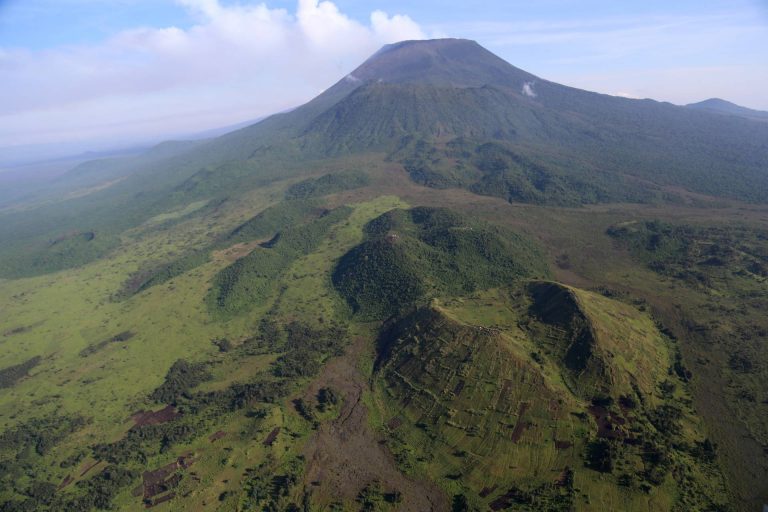
Bayesian and Frequentists probabilistic framework in stochastic modeling and inverse problems; Review of linear algebra, statistical, differential equations, solutions of fundamental equations; Data analysis and hypothesis testing; Basic MATLAB programming.
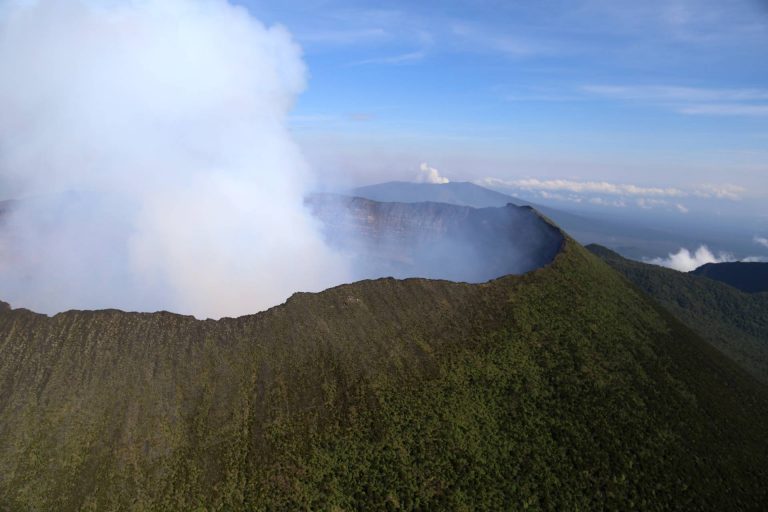
The methods of Applied Geophysics (their classification and applications): airborne and ground magnetic, electromagnetic and gravity surveys, satellite remote sensing, GPS network, and resistivity and seismic surveys. Procedures and techniques of prospections and organization of a geophysical survey in volcanic areas. Potential field methods (gravimetric and magnetometric). Electrical methods (direct current resistivity, induced polarization). Electromagnetic methods (with controlled source FD). Seismic methods (refraction and reflection). Other methods and integration of geophysical methods. Hints on processing, filtering, and single and joint inversion of geophysical data. Critical geophysical targets include the inner volcanic structure, the identification of shallow reservoir systems, changes in active hydrothermal systems, the deep thermal deformation sources and the temporal evolution of the volcanic system.
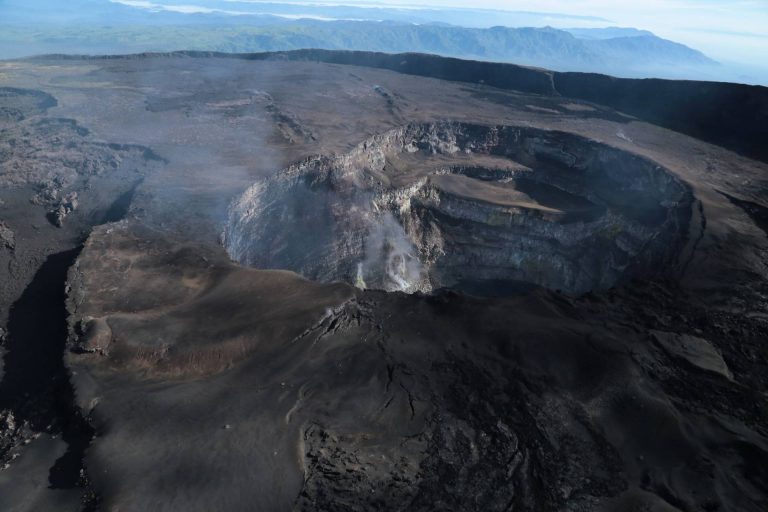
Fundamental Equations and their solutions. Body and surface waves properties. Seismic signals and their classification. Sources and waves propagation features. Focal mechanisms and Moment Tensor. Seismic Energy: definition and measurements. Earthquakes Statistics. Seismometry. Seismic networks - Positioning, Earth rotation and orientation, Gravity Field, IGS GPS/GNSS Network, Measurements Systems: GPS, InSar ambiguity and resolution, Strain Tensor, Source models
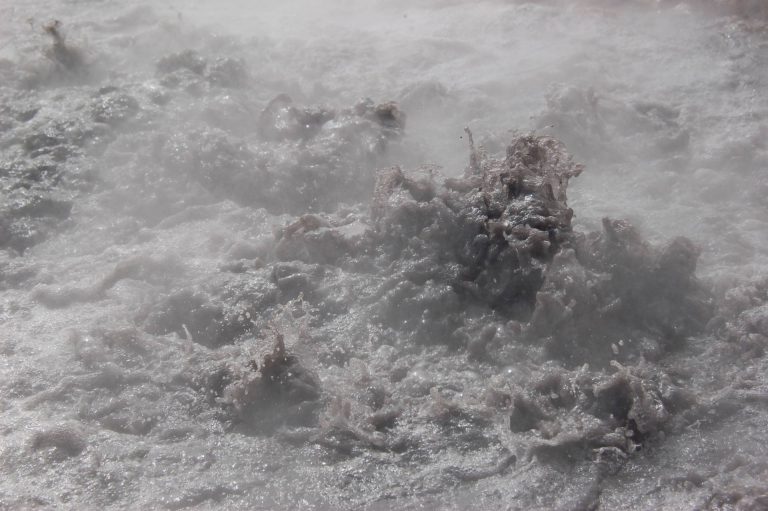
Advanced Volcanology: The principles of magma discharge, degassing and fragmentation and their control on eruption mechanisms. Classification schemes for common eruption types and styles
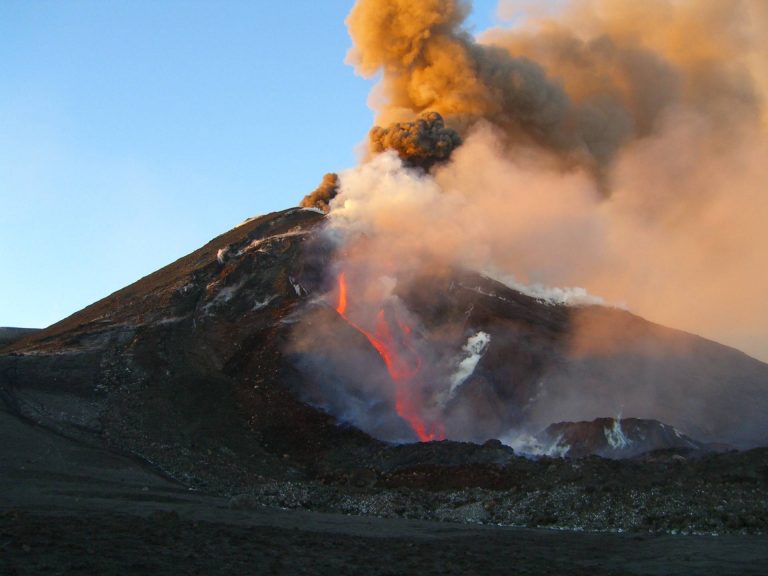
Elements of transport theory (mass, momentum and energy balance). Gas solubility in volcanic melts, exsolution, crystallization. Rheological models (density, viscosity, Newtonian and non-Newtonian rheology, the effect of bubbles and crystals, Bingham fluids). Heat transfer (conduction, convection, radiation). Magma chamber and magma flow in conduits. Sill and dikes. Explosive and effusive eruptions. Convective and collapsing volcanic columns. Modeling lava flows, lahars, convective and collapsing volcanic columns, ash dispersal and pyroclastic flows. Use of deterministic and probabilistic models for estimating the impact of volcanic eruptions and their hazard.
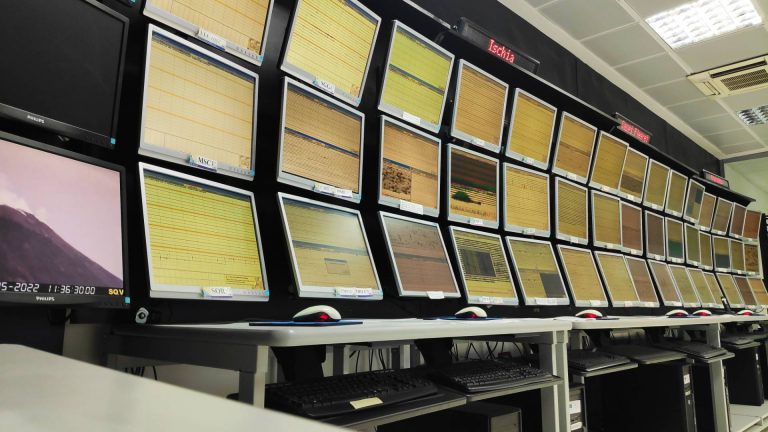
Geophysical monitoring: Seismic sensors, seismic data acquisitions instruments and techniques, how to project and realize a volcanic seismic network, seismic analyses for monitoring and surveillance on active volcanoes,
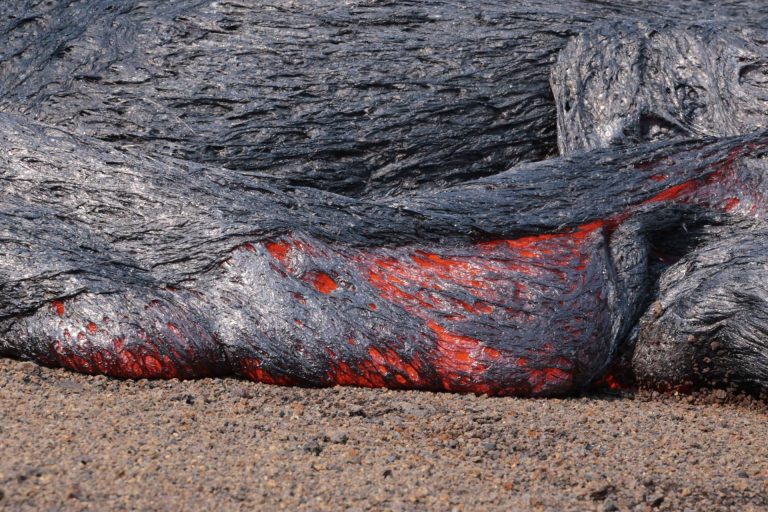
Processes of genesis and differentiation of magmas. Physical and chemical behaviour of magmas and their constituents at variable pressure and high temperature.
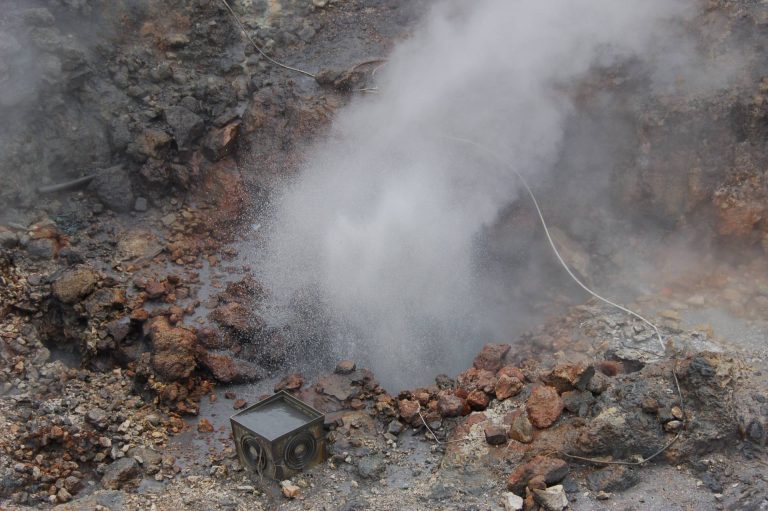
Advanced Volcanology: The principles of magma discharge, degassing and fragmentation and their control on eruption mechanisms. Classification schemes for common eruption types and styles







